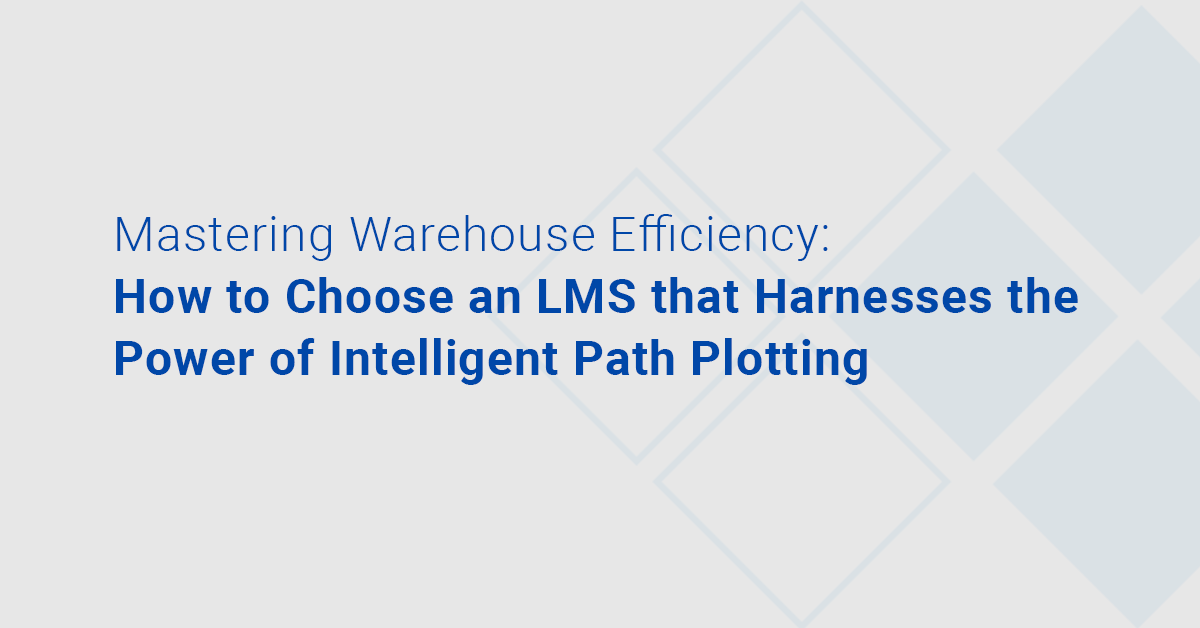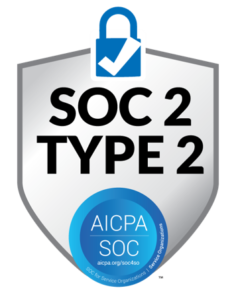Warehouse operators face increasingly complex challenges in plotting the most efficient travel paths for goods moving from point A to point B on the facility floor. These challenges include a greater need for support in determining the best possible one-way and equipment-based paths. Here’s what to look for in a labor management system (LMS) to ensure it offers state-of-the-art support for intelligent path plotting.
More Accurate Paths for Travel Aisles of Every Type
The best LMS solutions support warehouse operators with more efficient and accurate paths for equipment-based travel aisles. They also provide accurate path plotting in facilities with angled aisles and those with aisles of varying widths. Strong one-way path mapping is an increasingly important capability as well.
An LMS can only provide the best possible travel plotting by employing the A* algorithm for pathfinding. It’s the gold standard for mapping the optimal path from point A to point B, and one that takes into account any obstacles and special requirements in a given warehouse.
Best Options for Warehouses with Specialized Equipment, Complex Building Layouts and Multiple Facilities
How does this impact day-to-day operations? Take the case of a warehouse with specialized equipment that can’t fit down the facility’s narrowest aisles. The LMS should be able to factor that restriction into trip plotting so the wider equipment can only be sent down a path around narrow aisles, giving the operator a truly accurate travel distance.
Similarly, facilities with controlled access areas such as locked cages should have those features reflected in trip plotting calculations with increased accuracy. Warehouse operators with complex building layouts and/or multiple facilities will see the biggest benefits from an LMS with the most up-to-date pathfinding capabilities.
Faster Map Updates and User-Friendly Interfaces
Incorporating the A* algorithm also cuts down on the amount of pre-calculation needed to create efficient paths when warehouse operators need to change map variables such as new aisle configurations. In older LMS products, the system often would have to process such map changes for a day or more before fully re-caching the modified paths. An LMS using the A* algorithm can update paths in minutes after map changes are made.
To get the most out of enhanced trip-plotting capabilities, warehouse operators should look for an LMS that offers a simplified trip-plotting interface reminiscent of Google Maps that can handle many additional factors in defining routes through facilities, including available direction of travel, aisle angles and aisle widths.
Pathfinding Logic Should Optimize Employee Assignments and Manager Visibility
An LMS that offers API access to this mapping functionality, enables warehouses to incorporate it into the overall tech stack. That can enable operators to use the pathfinding logic to choose which available task or group of tasks to assign each employee for optimal efficiency. Here’s how it works: A warehouse management system (WMS) may have three or four tasks it could assign to a given employee based on where he or she is in the facility and what equipment is at hand. With a quick call to the LMS API, the WMS can determine the most efficient task to assign.
Another feature to watch for in an LMS is the ability to generate visual trip audits that provide a holistic view of multiple trips an employee takes during a shift. In such a system, users can select any work assignment or group of assignments and bring up a map that shows the employee’s associated travel. In that way, managers can see whether the assignments may be sending a given employee all over the warehouse during a shift instead of keeping them in one area of the building. This helps the manager identify and resolve potential inefficiencies in their operation.
More Accurate Labor Standards, Better Productivity and Morale
Because this process leads to calculating better, more accurate overall labor standards, it helps increase efficiency and productivity while also improving employee morale and retention. Supervisors can show the visual trip audits to associates on the floor to support a discussion around assignment groupings that are fairer and more accurate. This leads to better communication and helps empower employees to explore opportunities for improved workflow.
That’s one of the reasons why a top-line LMS, such as TZA’s ProTrack solution, is such a critical component of an efficient warehouse, whether it is operated mostly via human interaction or integrated with significant amounts of automation. Even in a heavily automated facility, employees will still be tasked with loading and moving inventory, so state-of-the-art path planning—meaning the ability to create the most accurate and fairest possible labor standards—will still make a big positive impact on the bottom line.
Have questions? Book a ProTrack demo to learn more and check out these tips for choosing the right labor management partner.
Author: Brian Reed, TZA Director of Technology
Related TZA Resources:


